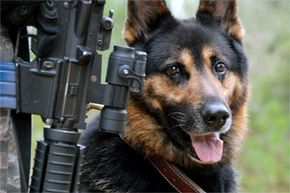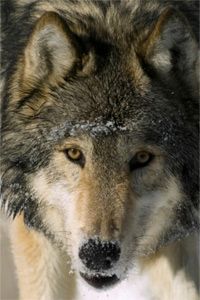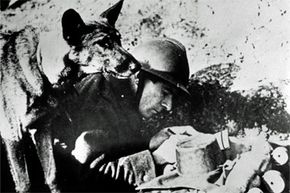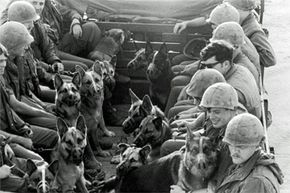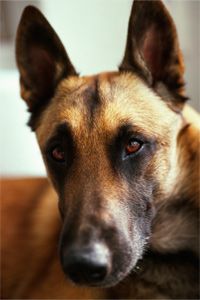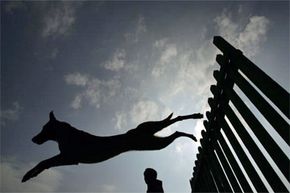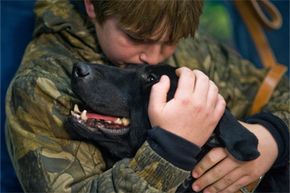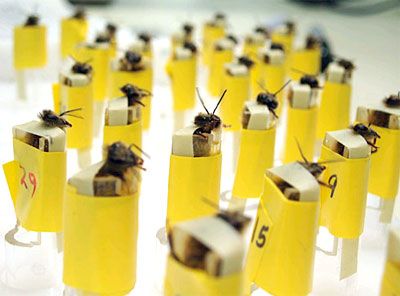We read the numbers:
- 79 commandos
- 2 helicopters
- 40 minutes
- 3 people killed
We also heard the details surrounding those numbers. One of the dead was Osama bin Laden, the mastermind of the 9/11 attacks and the world's most wanted man. Both of the helicopters touched down as quietly as cat's paws, but only one made it back into the air. The soldiers destroyed it so the enemy wouldn't have a free peek at top-secret technology. As it turned out, the chopper was the only American casualty in the riskiest military mission in recent history.
Advertisement
The most extraordinary detail, however, has been the revelation that one of the commandos went into battle with a dog trained for just such a mission. By some accounts, a Belgian Malinois named Cairo may have been the first "American" to encounter bin Laden. He was almost certainly the first to hear and smell the al-Qaida leader as the squad entered the compound.
This story of canine courage captured the public's attention, but it would be wrong to think a dog's presence in Pakistan represents an innovation fetched fresh from the halls of the Pentagon. War dogs have been fighting alongside U.S. troops since World War II and have served other armies since the dawn of recorded history. Unlike other animals made obsolete by technology, such as horses, dogs have become increasingly valuable in modern warfare. In fact, their ability to detect improvised explosive devices, or IEDs, remains far superior to any device or machine invented by military engineers. In addition, dogs are strong, intelligent, adaptable and loyal -- traits that make military commanders salivate.
So let's dig a little deeper into the topic of war dogs or, as they're known officially, military working dogs. To appreciate why they make good soldiers, we need to understand what makes them tick. And to do that, we have to take a refresher course in beagle biology.
Advertisement
